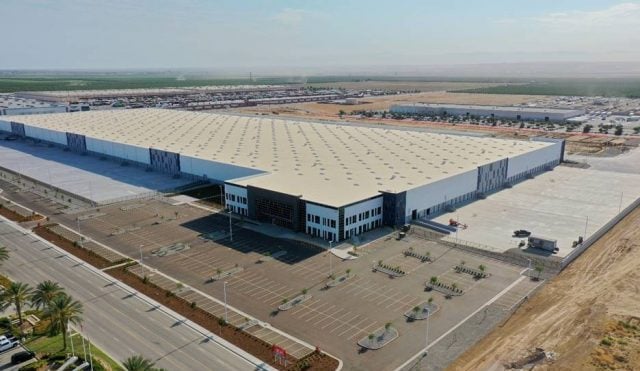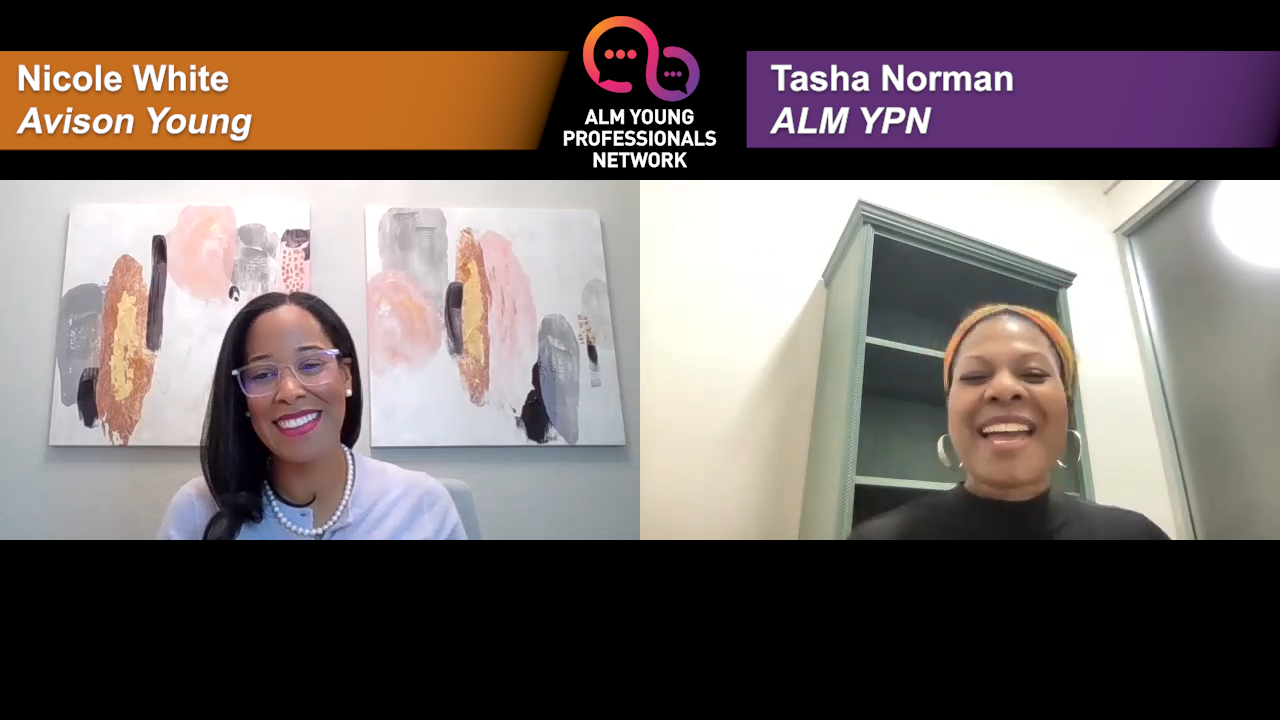MIAMI—Office trends are more than subjective. Industry watchers are making keen observations. Among them, Alan Kleber, managing principal at Cresa South Florida. GlobeSt.com caught up with Kleber to find out what trends he's seeing in office leases. If you missed part one of our conversation, you can read that here: How Office Tenant Intel Complicates Leases.
“I could fill a magazine with the trends that we are seeing,” Kleber says. “As a generalization we are in a period of recreation and innovation for space occupiers. This statement is true across all industry sectors, legal, finance, hospitality, technology, etc. However, real estate as an asset class is not known for its ability to respond with speed and flexibility for all of the obvious reasons.”
That said, Kleber noted a couple of impactful trends he says could lead to a direct result on asset values. The first is a redefinition of work and workspaces. Indeed, he notes, tenants are looking for ROI on office space. He hears tenants asking the question: “What are we seeking as an outcome associated with space and place?”
“It is common knowledge that tenants are planning more dense work environments and the days of rows of private offices are going the way of the fax machine. This is producing two results that the 'existing' supply side is struggling with,” Kleber says. “First, tenants have higher parking ratios and existing product in as-is configurations cannot accommodate. Second, floor plate design-deeper bay depths are growing in importance.”
Over a period time, Kleber predicts it will be interesting to see the impact on the buildings that don't respond to these evolving requirements. To be sure, Miami has already witnessed new builds that delivering with higher parking ratios and some owners proactively engage the market to identify long-term parking solutions for their assets to tenant demands.
So, then, who has the upper hand in the market? Kleber says we're in an equilibrium environment.
“Of course, there are pockets of buildings that could cut either way as being soft or opportunistic and those that are well capitalized and with strong operating metrics that are going to drive a premium comparable to the market,” he said. “The office market is highly nuanced as there are many factors driving both landlord and tenant motivations and thus deal structures. I have been in the business long enough to know a crystal ball does not exist and the fundamentals of deal making is being played in both the macroeconomic and microeconomic environment and often times the line graphs do not intersect.”
© Touchpoint Markets, All Rights Reserved. Request academic re-use from www.copyright.com. All other uses, submit a request to [email protected]. For more inforrmation visit Asset & Logo Licensing.






